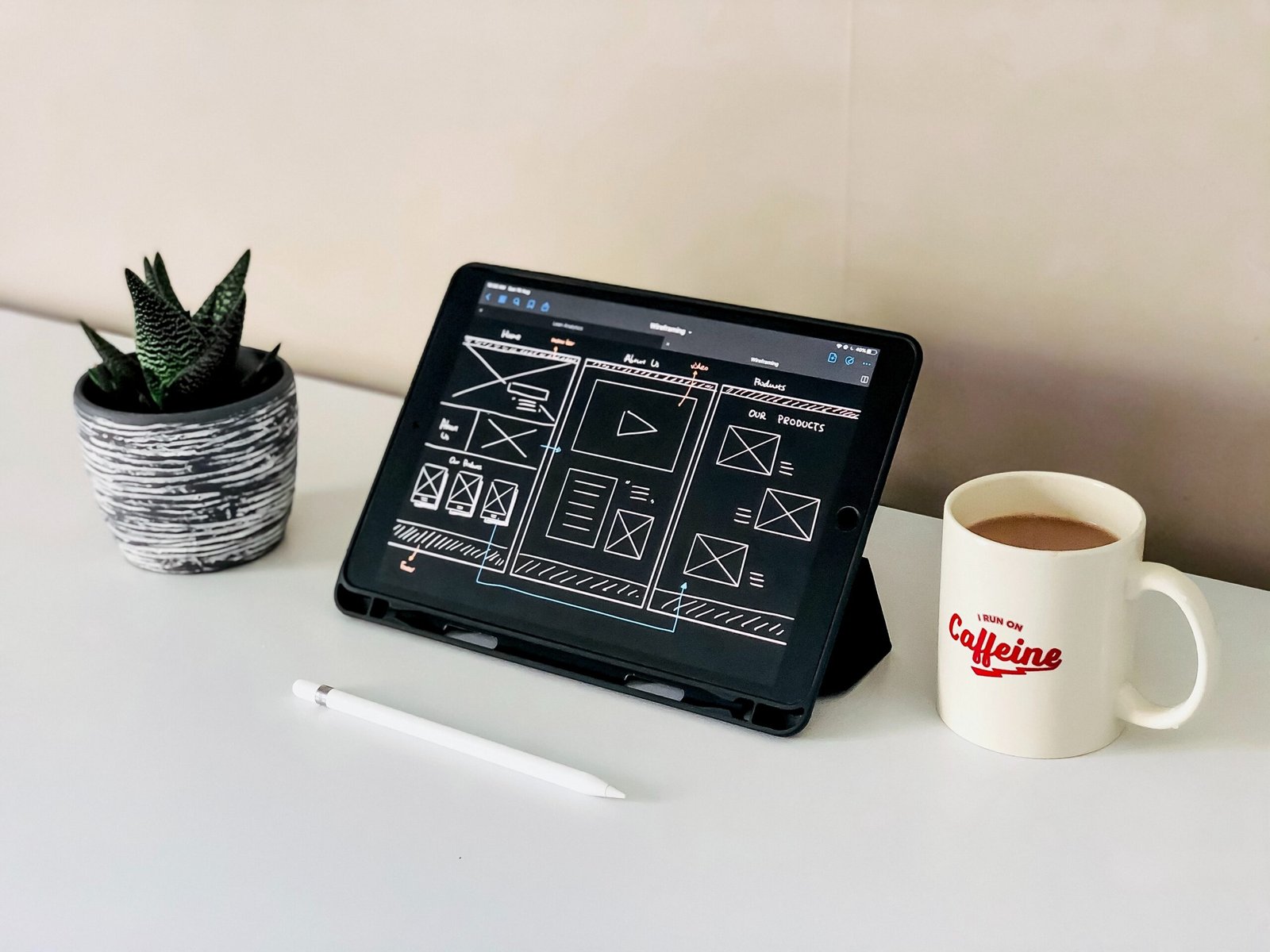
Introduction
When it comes to designing a website, user-friendliness should be a top priority. A user-friendly website not only enhances the overall user experience but also increases the chances of visitors staying longer and engaging with your content. In this article, we will discuss some essential tips for creating a user-friendly website design.
1. Clear and Intuitive Navigation
One of the key aspects of a user-friendly website is a clear and intuitive navigation system. Visitors should be able to easily find the information they are looking for without any confusion. Use a logical structure for your navigation menu and include clear labels for each section. Additionally, consider using breadcrumbs or a search bar to further enhance navigation.
2. Responsive Design
In today’s mobile-driven world, having a responsive website design is crucial. A responsive design ensures that your website adapts to different screen sizes, providing an optimal viewing experience across devices. This not only improves usability but also helps with search engine optimization, as responsive websites are favored by search engines.
3. Fast Loading Speed
No one likes a slow-loading website. Slow loading speeds can lead to high bounce rates and a negative user experience. Optimize your website’s loading speed by optimizing images, minifying CSS and JavaScript files, and leveraging browser caching. Regularly test your website’s speed using tools like Google PageSpeed Insights to identify areas for improvement.
4. Consistent Branding
Consistent branding is essential for creating a cohesive user experience. Ensure that your website’s design elements, such as colors, fonts, and imagery, align with your brand identity. Consistency in branding helps build trust and familiarity with your audience, making it easier for them to navigate and engage with your website.
5. Readable Typography
Choosing the right typography is crucial for enhancing readability on your website. Opt for fonts that are easy to read, both on desktop and mobile devices. Use a font size that is comfortable for reading, and ensure sufficient contrast between the text and background. Break up large blocks of text with headings, subheadings, and bullet points to make it easier for visitors to scan and digest the content.
6. Use of White Space
White space, also known as negative space, is the empty space between design elements. It plays a vital role in creating a visually appealing and user-friendly website. Avoid cluttering your website with too many elements and give your content room to breathe. White space helps improve readability, draw attention to important elements, and create a sense of balance and harmony in your design.
7. Clear Call-to-Action Buttons
Effective call-to-action (CTA) buttons are essential for guiding visitors towards desired actions. Make sure your CTA buttons are visually distinct, using contrasting colors and clear labels. Place them strategically throughout your website, especially on important pages such as the homepage, product/service pages, and contact page. Use action-oriented language to encourage visitors to take the desired action.
8. Accessibility Considerations
Accessibility should be a priority when designing a user-friendly website. Ensure that your website is accessible to all users, including those with disabilities. Use alt tags for images, provide captions for videos, and make sure your website is compatible with screen readers. Consider using high contrast colors and providing options for resizing text to accommodate users with visual impairments.
9. Engaging Visuals
Visual elements such as images, videos, and infographics can greatly enhance the user experience. Use high-quality visuals that are relevant to your content and help communicate your message effectively. Optimize images for web to ensure fast loading speeds. Additionally, consider using videos to showcase products/services or provide tutorials, as they can significantly increase user engagement.
10. Regular Website Maintenance
Maintaining your website regularly is crucial for ensuring its user-friendliness. Regularly update your content, fix broken links, and check for any technical issues. Keep an eye on user feedback and analytics to identify areas for improvement. By regularly maintaining your website, you can ensure that it remains user-friendly and up-to-date.
Conclusion
Designing a user-friendly website is essential for providing a positive user experience and achieving your website’s goals. By implementing the tips mentioned in this article, you can create a website that is easy to navigate, visually appealing, and accessible to all users. Remember to regularly monitor and update your website to ensure its continued user-friendliness.